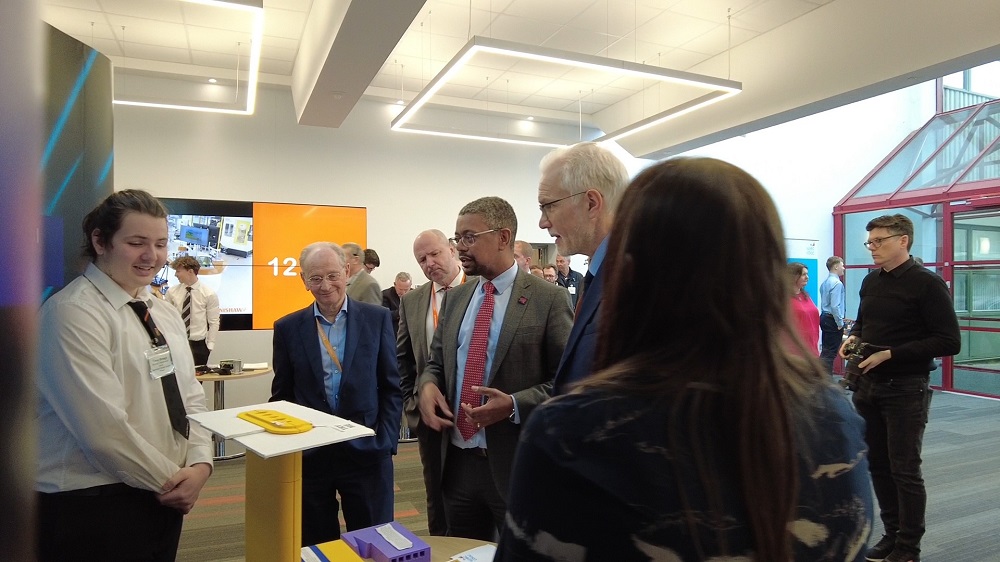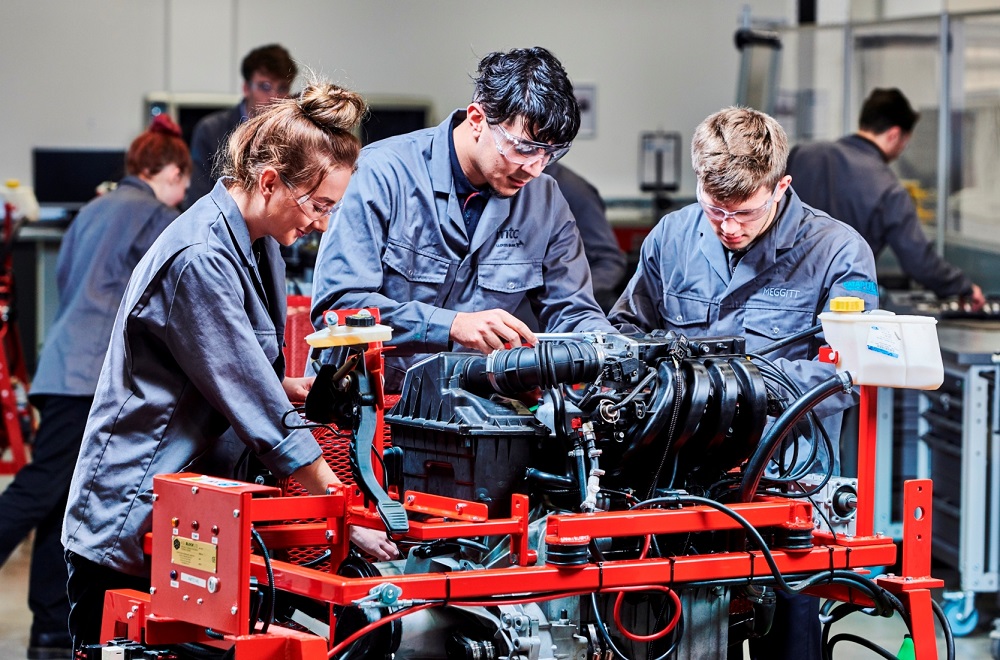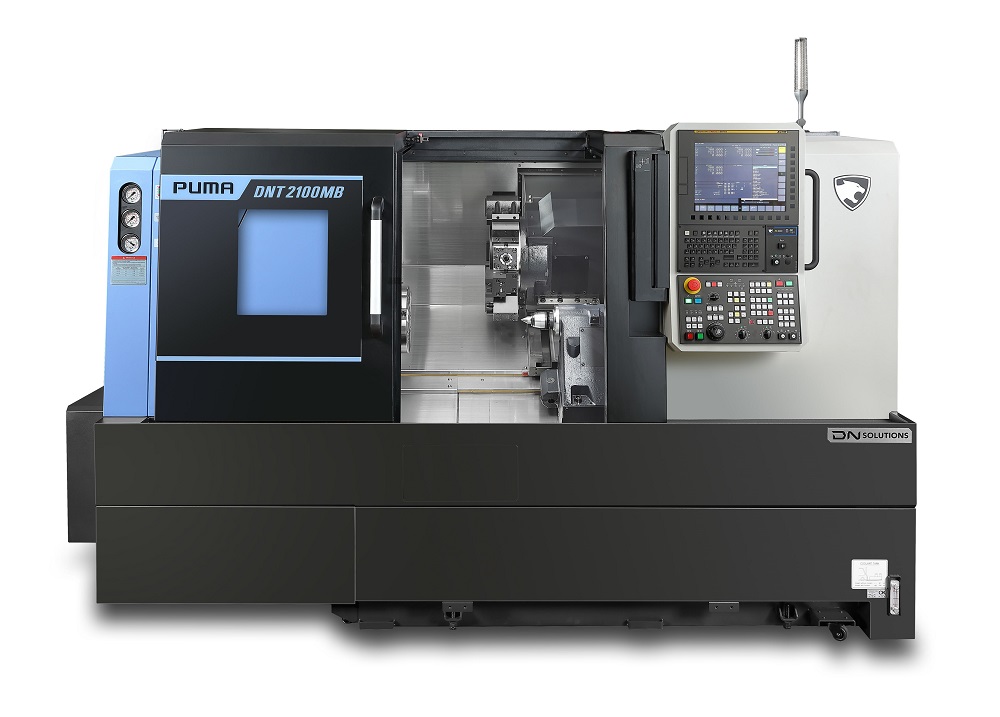The Welsh Government recently announced its new innovation strategy for Wales at the Miskin facility of Renishaw. During the launch event at the company’s manufacturing site near Cardiff, the Welsh Government outlined its aspiration to become an innovation-based nation and bring better healthcare, jobs and prosperity for businesses and local communities.
At the event, the Minister for Economy, Vaughan Gething, outlined the Welsh Government’s vision of an innovation strategy for a stronger, fairer, greener Wales, with its plans to cover four mission areas: education; economy; health and wellbeing; and climate and nature. To support this strategy at the event, Renishaw showcased its STEM education centre for local schools, spoke to visitors about its £65m investment to increase manufacturing capacity with a focus on sustainability, and gave tours of its advanced manufacturing facility.
For further information www.renishaw.com



















